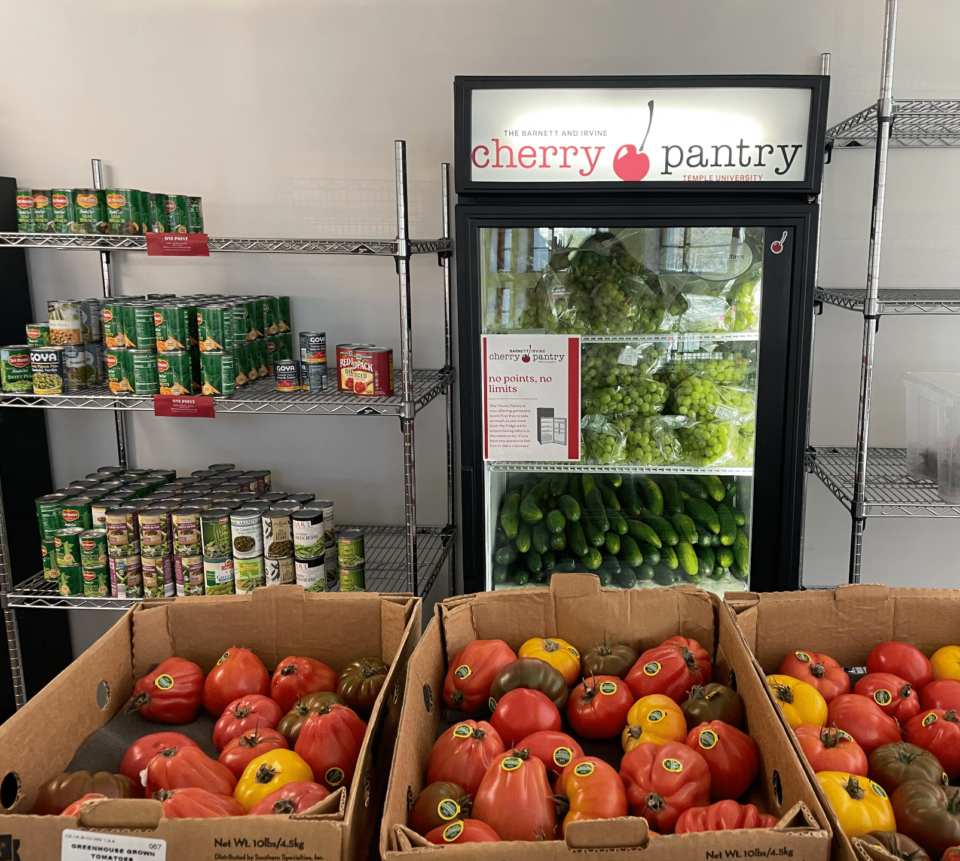First, let’s get to the skinny of just what exactly fiber is and how it can be beneficial to your health. Fiber is a nutrient found in carbohydrates that cannot be digested. It is found in all plant-based foods, including vegetables, grains, fruits and legumes or beans.
Fiber is classified into two categories—soluble and insoluble. The difference is that soluble fiber partially dissolves in water, while insoluble does not. Soluble fiber is found in foods such as oatmeal, seeds, nuts, beans and many fruits including apples, pears, strawberries and blueberries. Foods rich in insoluble fiber include whole wheat bread, brown rice, barley, couscous and vegetables such as carrots, cucumbers, zucchini and tomatoes.
The magic of foods high in fiber, commonly referred to as roughage, in the diet is that it can’t be broken down and absorbed by the body. In other words, it fills you up faster and longer than non-fibrous foods and passes through the body intact without added fats and calories being absorbed by the body.
The average American only consumes around 15 grams of fiber per day, although it is recommended that at least 20 grams of fiber be consumed per day. And, the more calories consumed, the more fiber is needed.
Fiber and Your Health
High intake of dietary fiber is linked to improved blood pressure, blood sugar, triglycerides, cholesterol and body weight—all of which, if not controlled properly, can lead to diseases such as heart disease and type 2 diabetes.
Fiber also plays a role in aiding digestion and lowering risk for digestive diseases such as diverticulitis, an inflammation of the intestine. Consuming high levels of insoluble fiber has been directly associated with lower risk for diverticular disease. It also can help prevent constipation, keeping the digestive system moving and healthy.
Some ways to increase fiber intake include:
- Eating whole fruits and vegetables
- Replacing white rice with brown rice
- Choosing whole wheat breads and cereals
- Snacking on raw vegetables instead of chips and pretzels
- Upping the amount of beans in your diet—do this by tossing them into a salad, chili, soup or stirfry.
Learn more about fiber and healthy diets in Fads, Fiber and Facts on March 26 at Chester County Hospital. This program is free:



